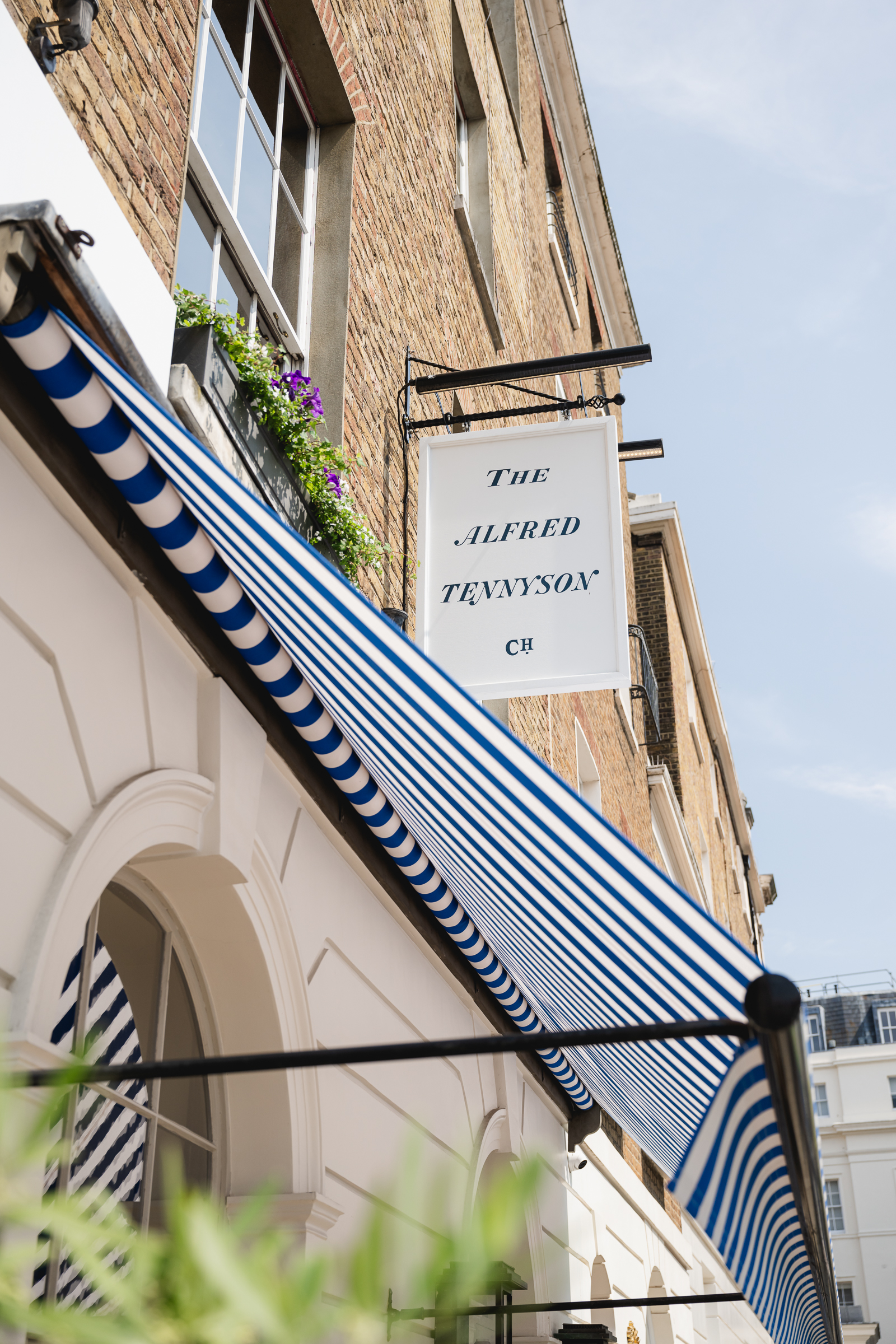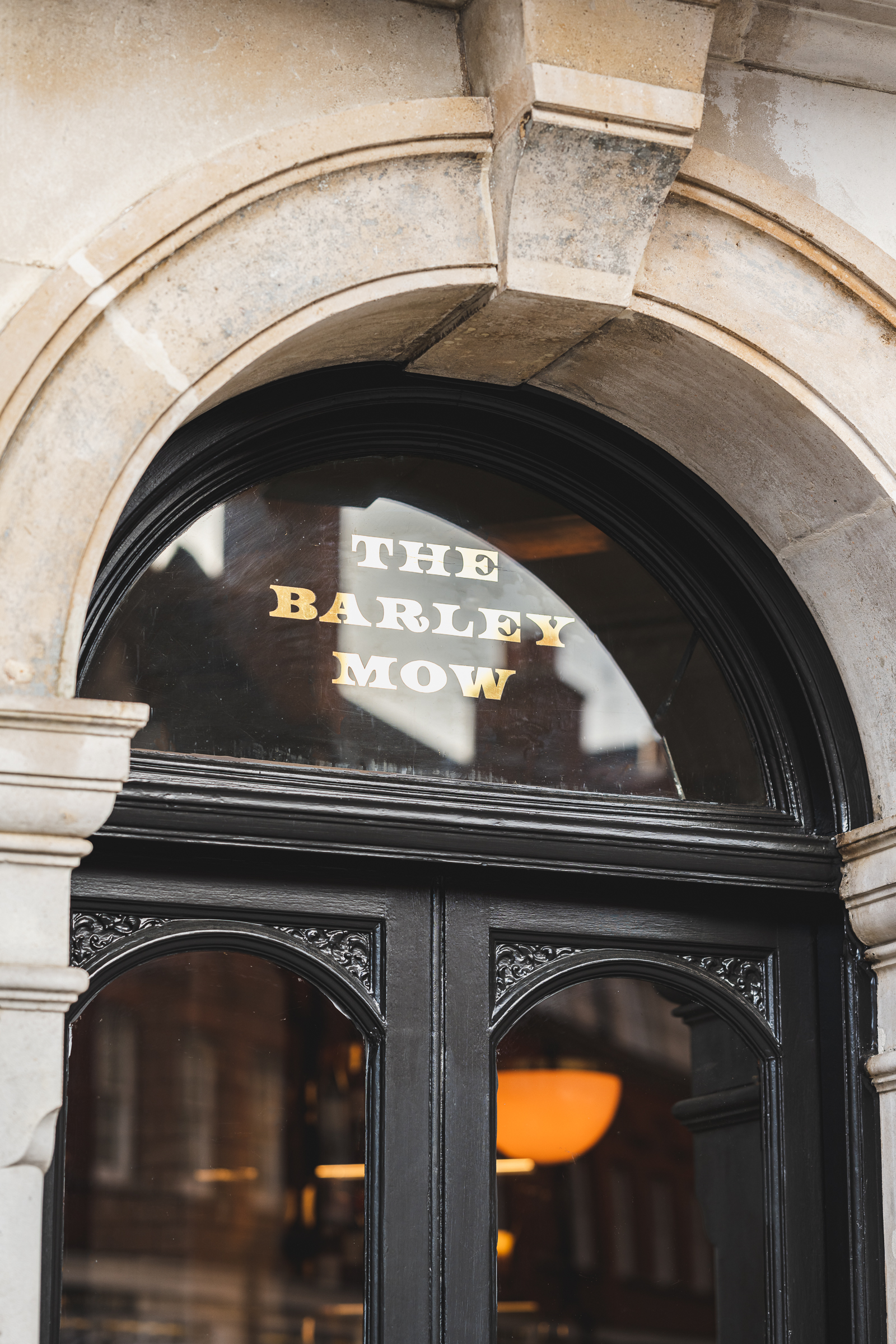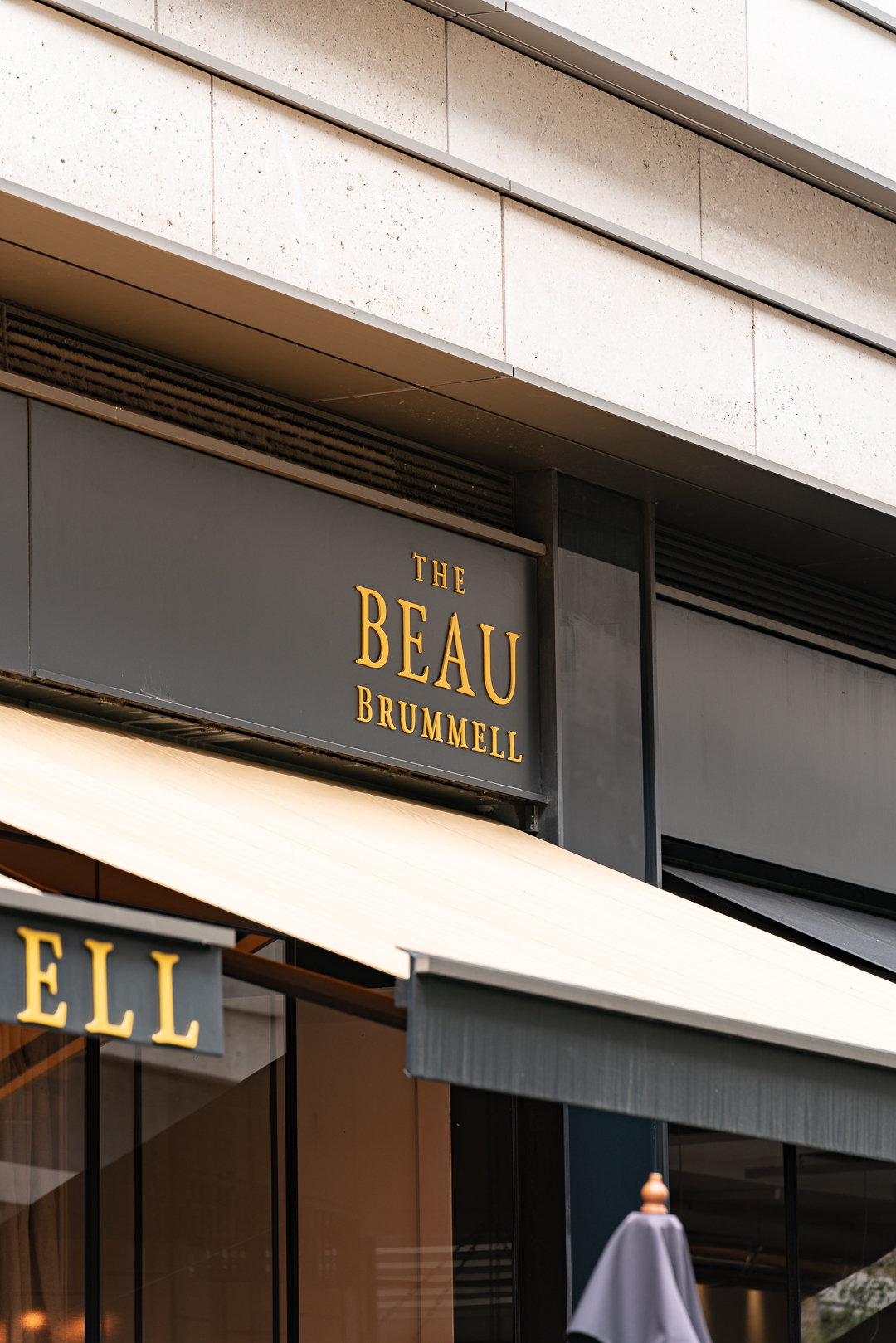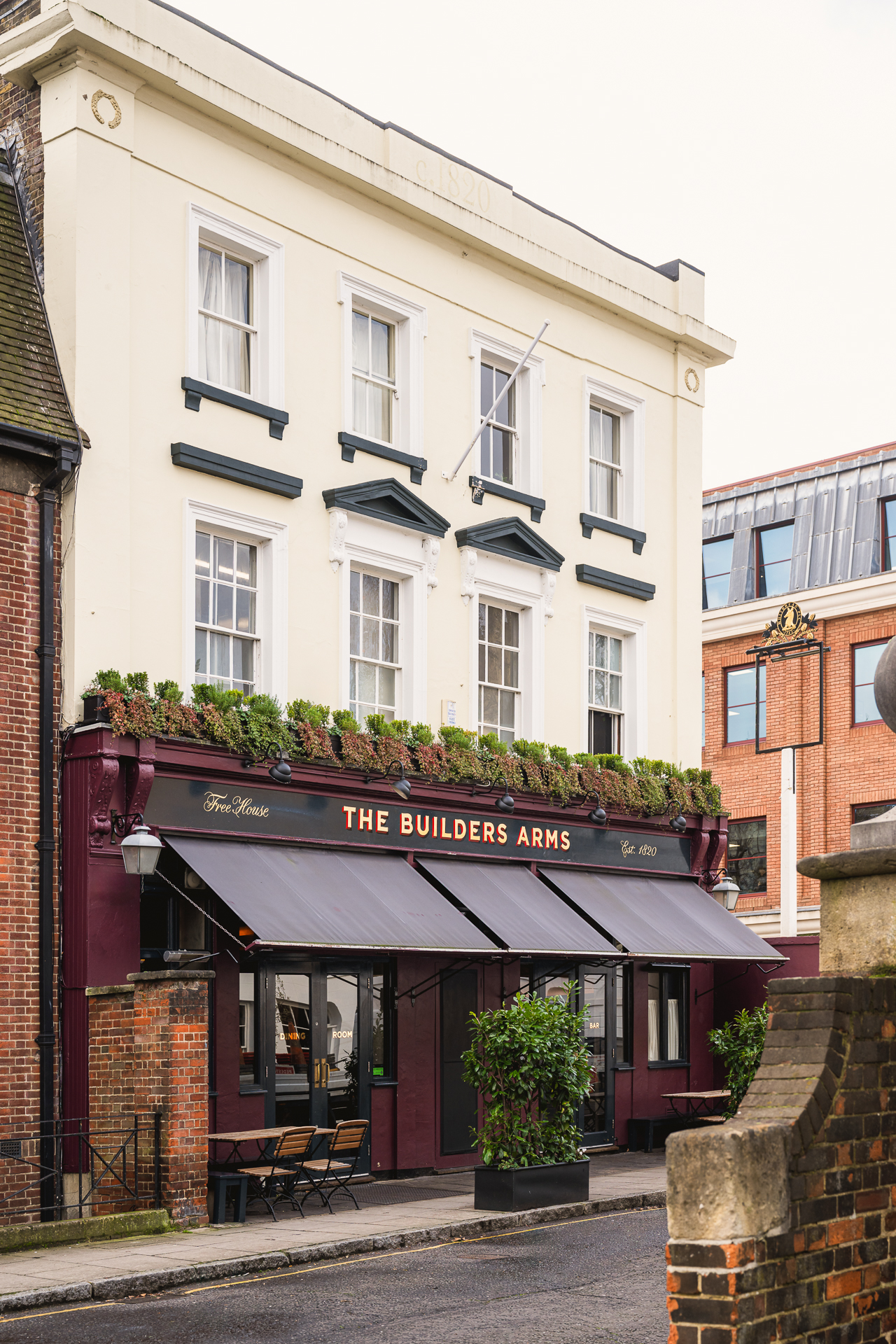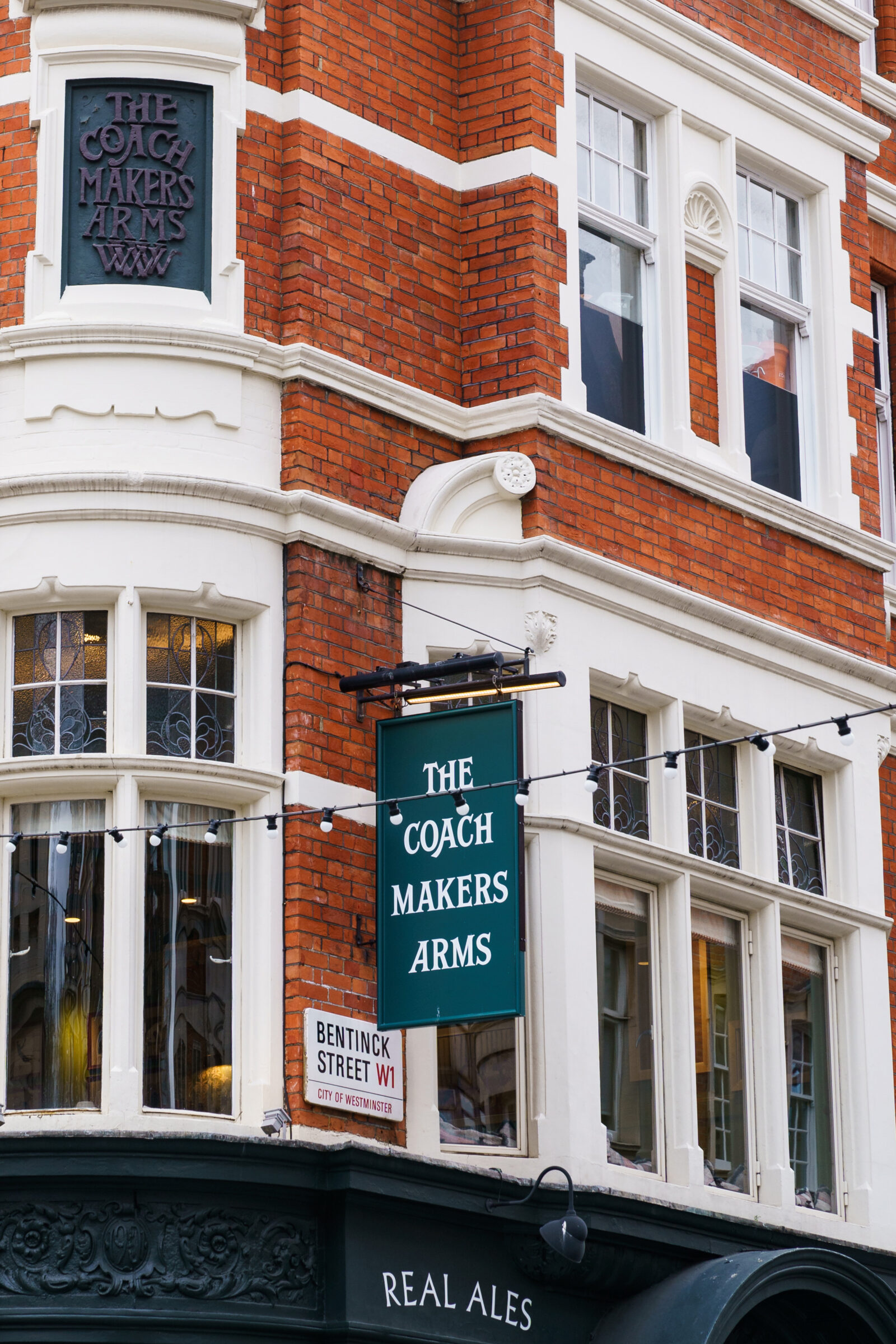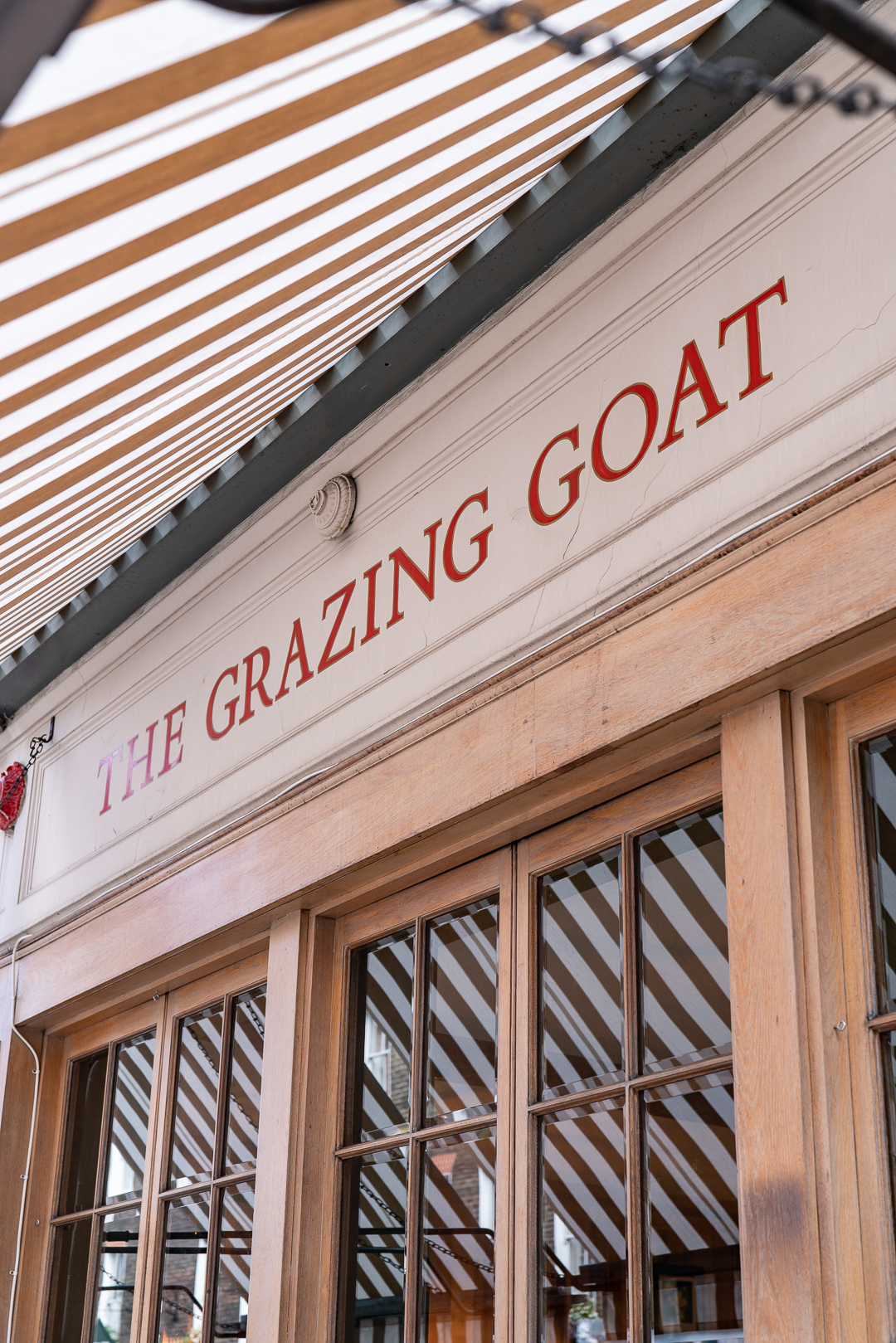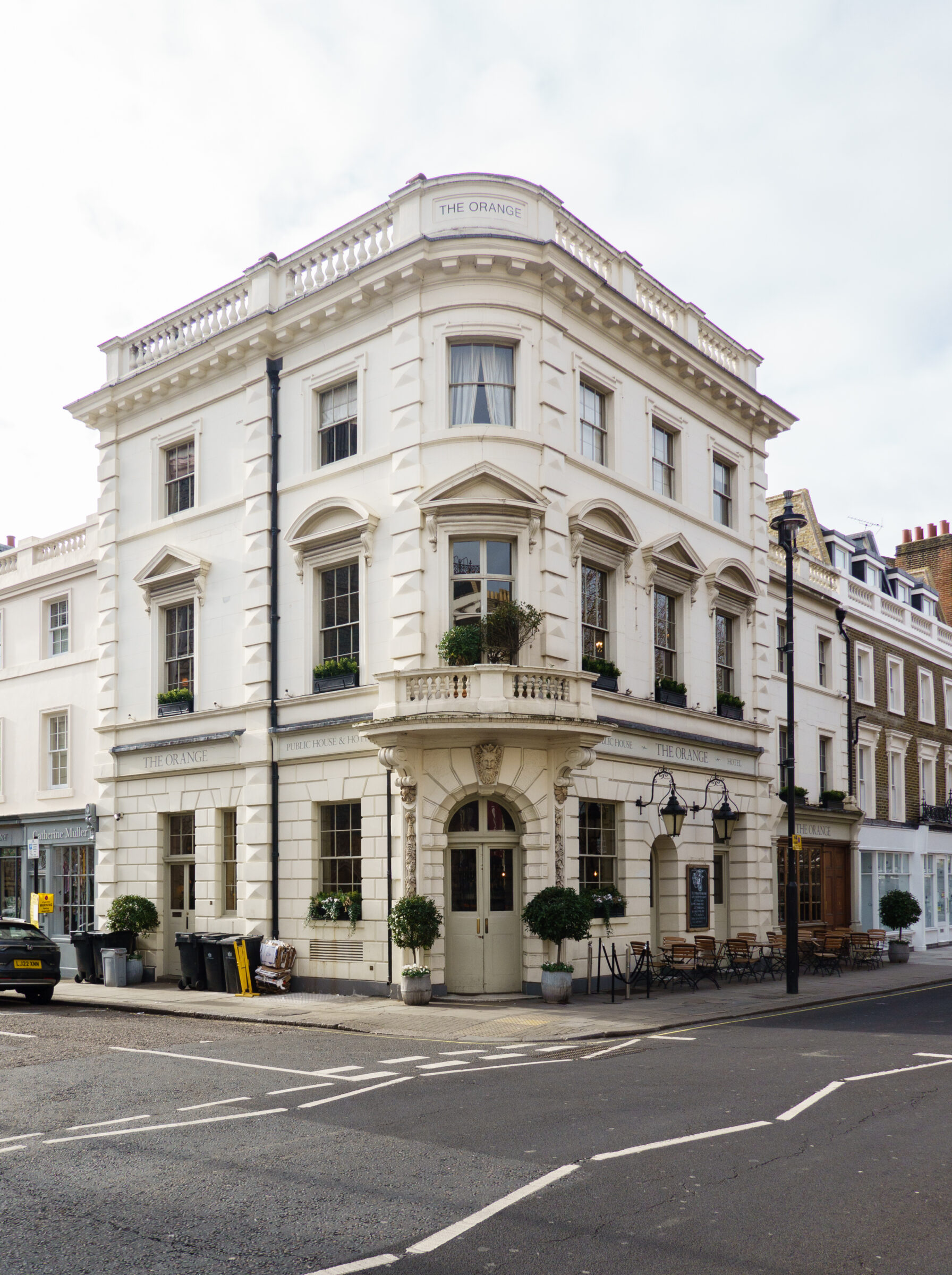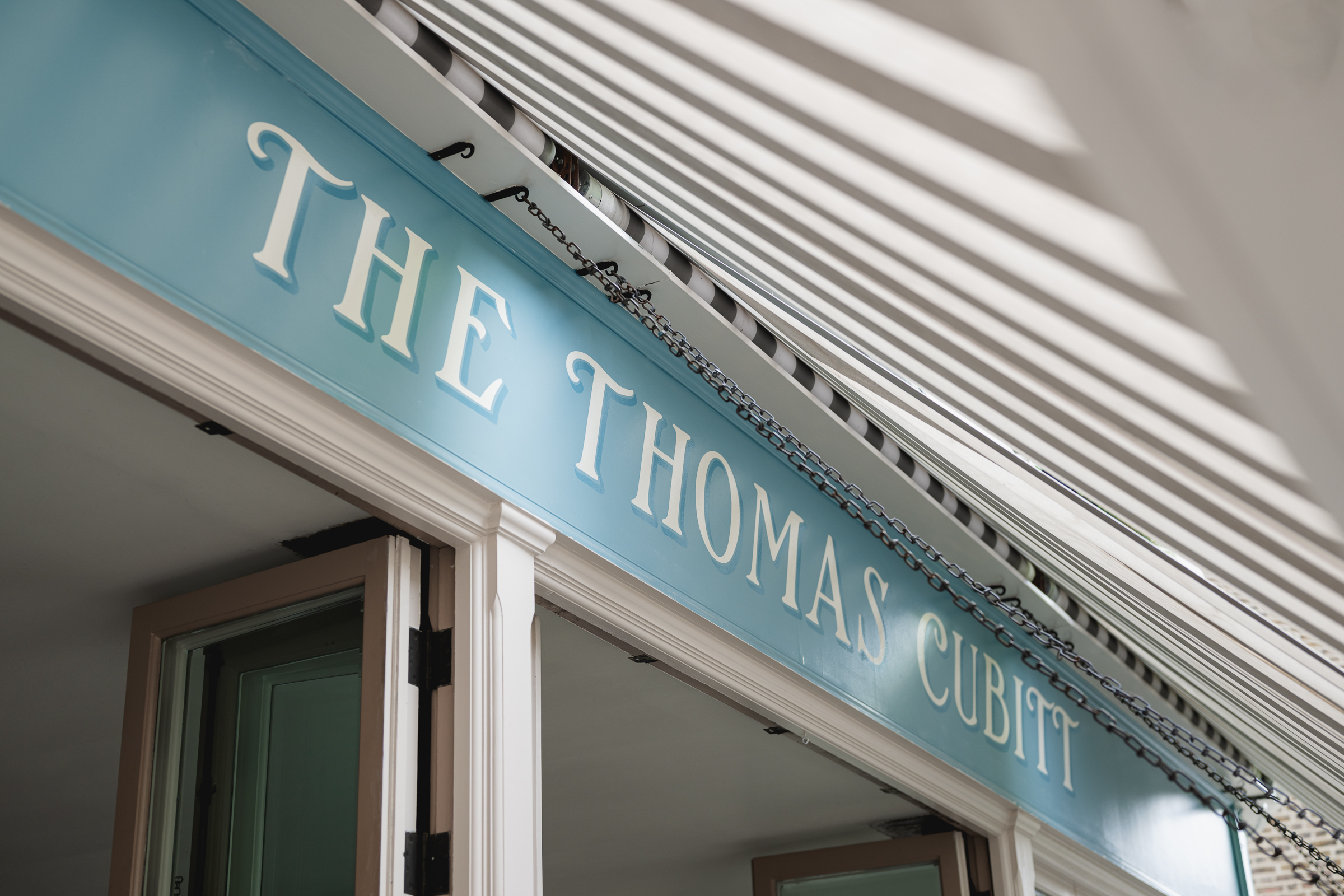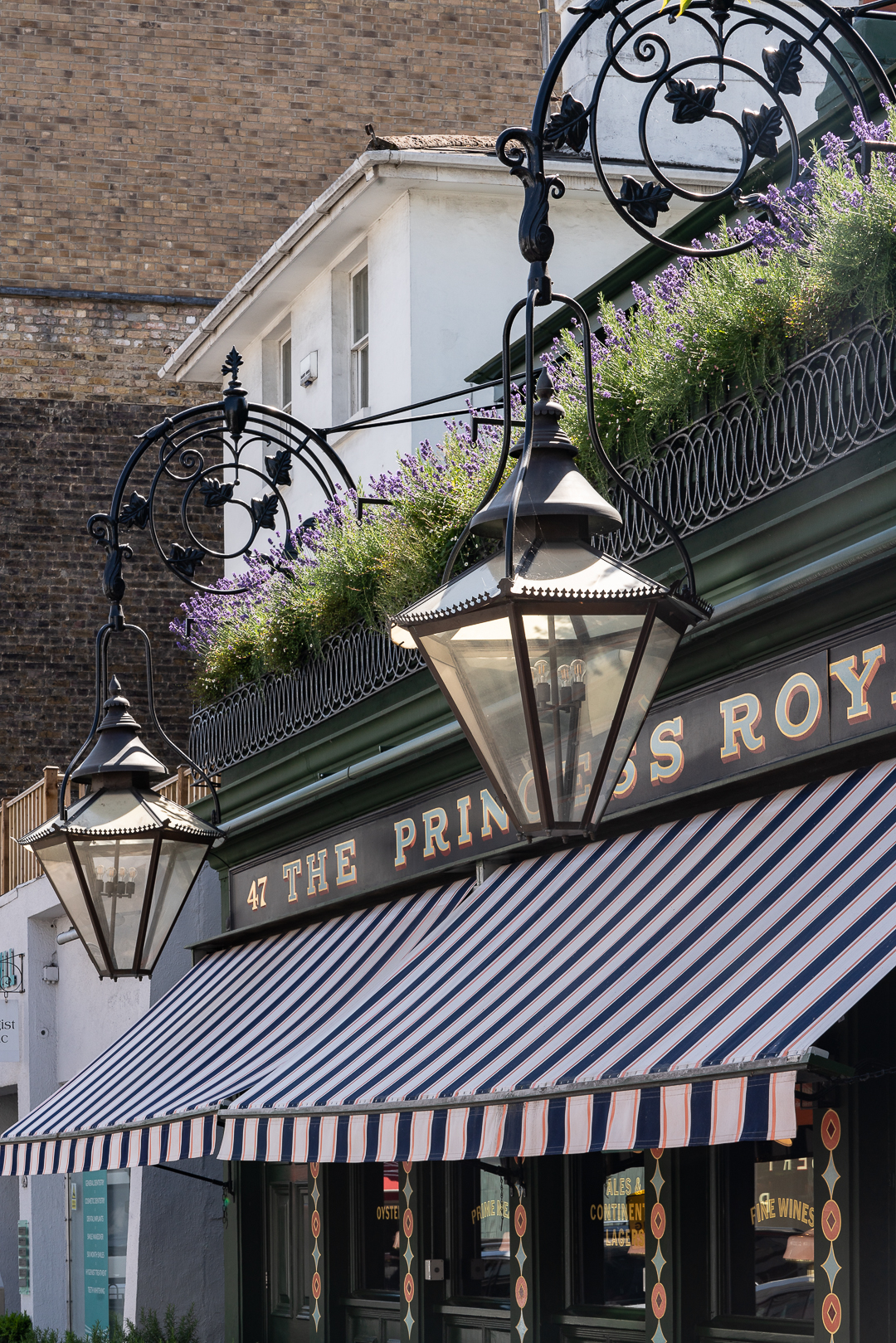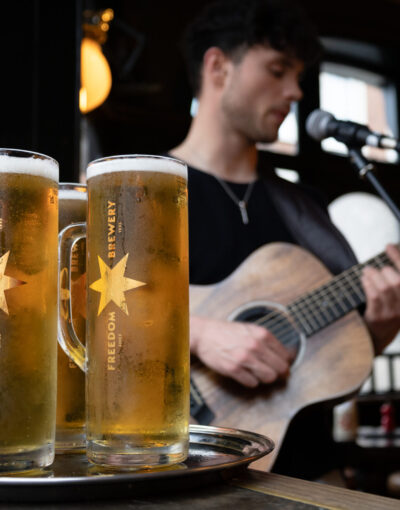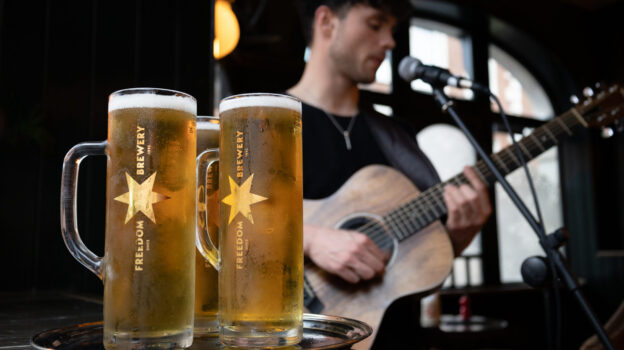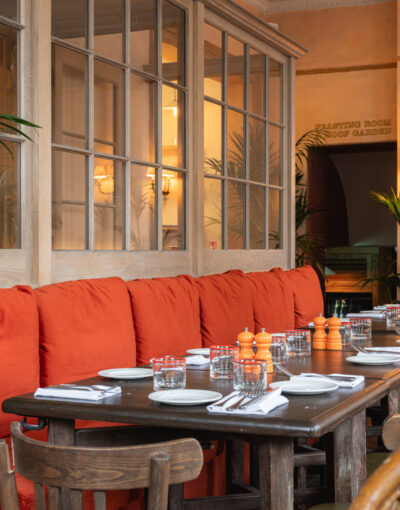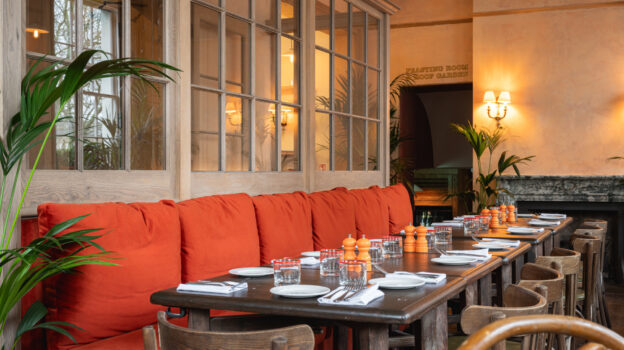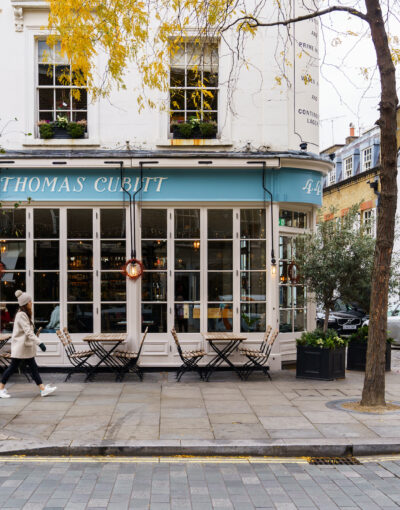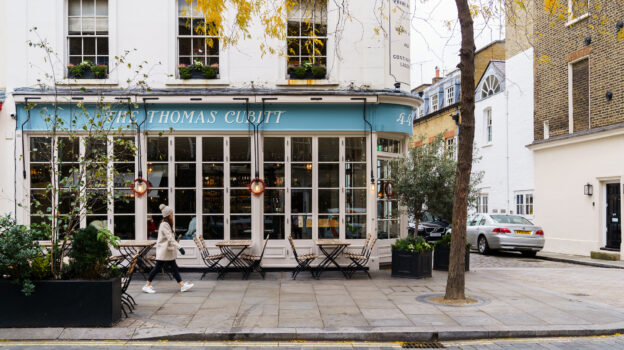The Princess Royal has undergone a major renovation programme utilising the very best of British manufacturing and design. We always work with people we know and trust and whose work we love so we are excited to showcase the skill and incredible workmanship of some of these brilliant companies. One of these is Rapture and Wright, an artisanal textile producer who have supplied wallpaper and fabrics for The Princess Royal.
Artisans at heart, Peter Thwaites and Rebecca Aird, with a background in graphic design and illustration, dreamed of turning their brimming portfolio of patterns into a collection of fabrics and wallpapers. Confident that they could save the dwindling British textile industry by themselves, they built a hand printing table in a leaky barn and sought out the best suppliers across the British Isles.At the heart of the business is the workshop, one of the few remaining handprint studios in the UK. This is where ideas become designs and those designs become fabrics and wallpapers.
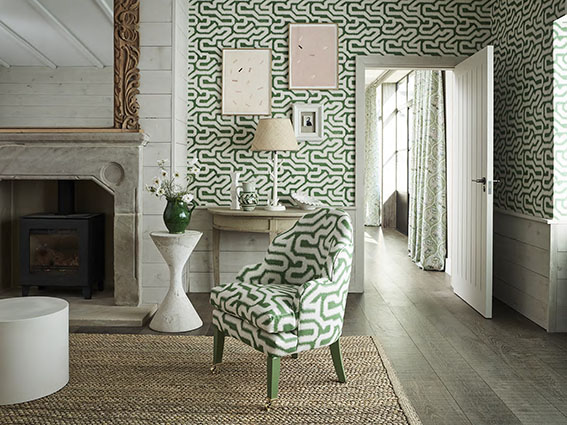
Artisans at heart, Peter Thwaites and Rebecca Aird, with a background in graphic design and illustration, dreamed of turning their brimming portfolio of patterns into a collection of fabrics and wallpapers. Confident that they could save the dwindling British textile industry by themselves, they built a hand printing table in a leaky barn and sought out the best suppliers across the British Isles.At the heart of the business is the workshop, one of the few remaining handprint studios in the UK. This is where ideas become designs and those designs become fabrics and wallpapers.
We grabbed a few minutes with Peter, the joint founder and owner of the company to ask him a few questions.
Can you tell us a bit about the background and history of Rapture and Wright?
After studying illustration at Art College I moved to Glasgow in the early 90’s, and shared a studio with textile designers Timorous Beasties. I spent the following years painting film and theatre sets which led to commissions from designers to create innovative decorative finishes for interior schemes.
While researching the work of the Omega workshop for a commission, I wondered whether there could be a gap in the market for fabrics and wallpapers that had a provenance, something tangible, reflecting the hand of the maker, a counterbalance to the impersonal mass production that had taken over. At the time, “craft” was still an embarrassing word in design circles.In 2004, Rebecca and I started Rapture & Wright.Our dream was to create a small artisan workshop.
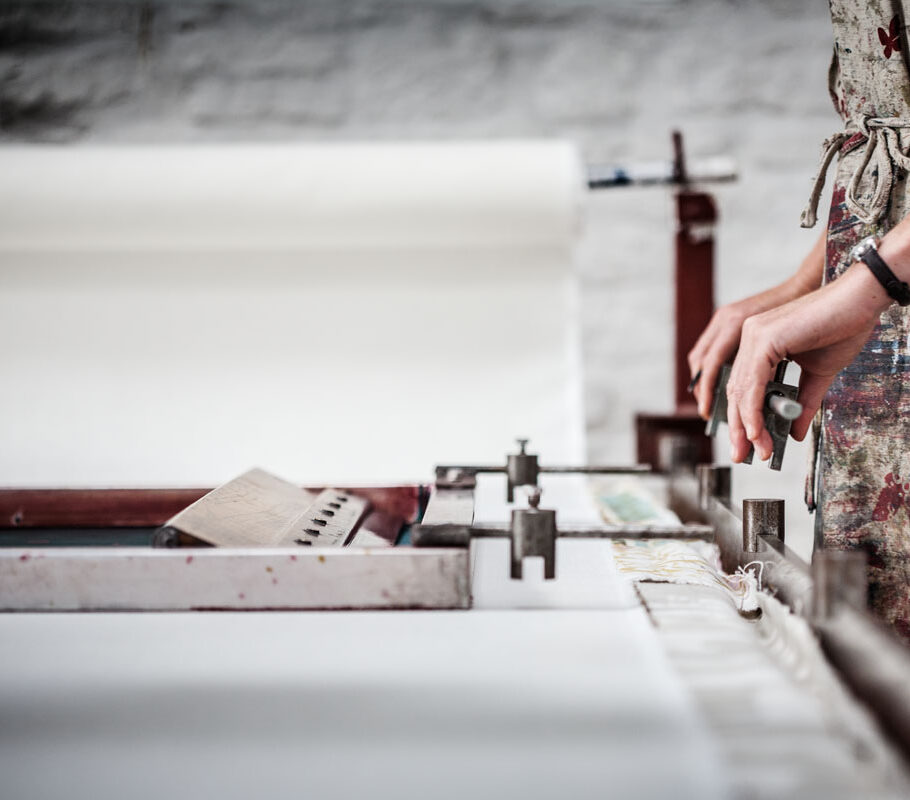
Cubitt House is proud to support British designers and manufacturers engaged in traditional methods of production. Tell us how you fit that description and the benefits to your methods.
Building on my experience gained in Glasgow, we experimented, adapting and developing age old techniques to produce our own handprinted fabrics and wallpapers in house. Hand printing is hard physical work, but the quality and depth of colour, is unlike anything machine produced. It also allows us to offer bespoke colour options on all our designs.
Inspired by heroes such as the Arts & Crafts movement, our aim was two fold.
- To seek out the expertise of the remaining British suppliers to help create a high quality British product, at a time when the industry in the this country was being savaged by offshoring.
- To put environmental sustainability at the heart of our manufacturing process: For example:We work closely with our British weavers to develop a linen base cloth that can be softened mechanically, rather than chemically – which is the industry standard.
The creation of our new print studio and innovative ecological treatment system, designed specifically to break down print waste within the natural environment is the first of its kind in the world.
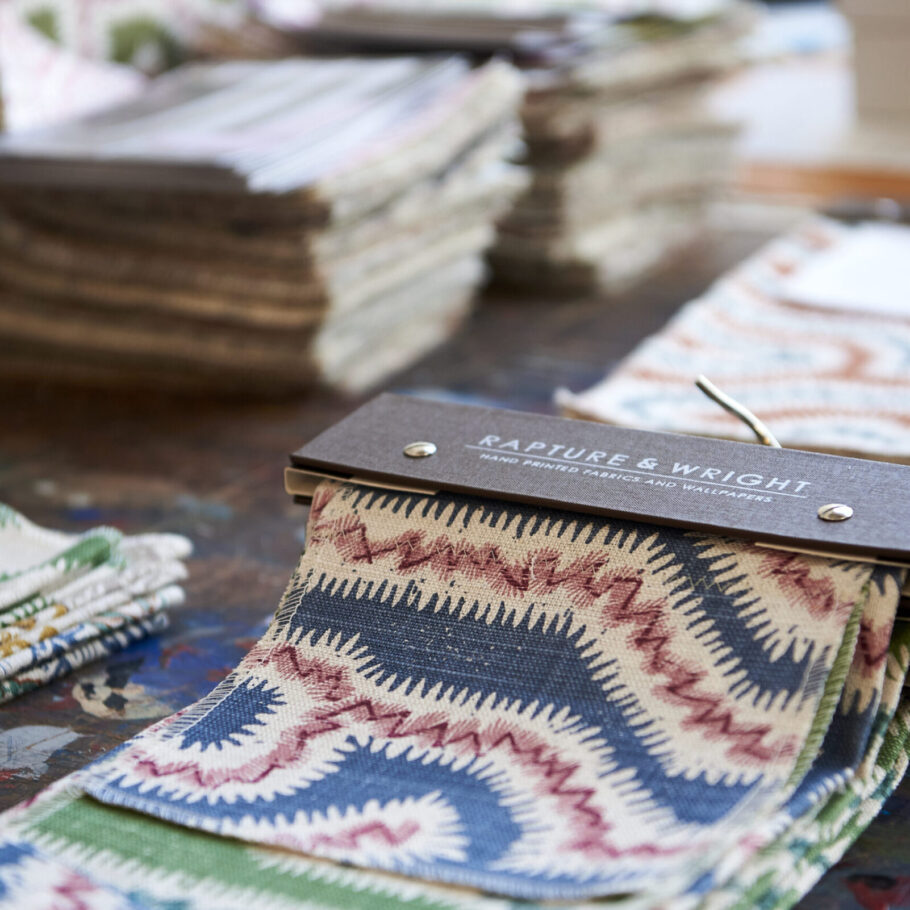
Could you guide us through the process of a run or wallpaper from idea through to design, production and finished product.
Inspiration for our designs comes from everywhere. A phrase in a book, a scrap of antique fabric reworked and nature of course. I keep sketch books and scrap books of ideas, references, jottings and articles torn out of newspapers and magazines. Our designs tend to develop over time, the route is rarely straight forward. More often than not, the initial idea for a design has undergone several changes of direction, additions, and edits until it finally reaches the point where we are happy to take it to artwork.
For example the beginnings of our new design Moorish Maze can be traced back to artist Richard Long’s 1994 work “White River Line.” A small photo of this extraordinary piece has been pinned to the inspiration board in our studio for several years. I kept returning to it, but couldn’t get it to work, until this year, when I combined it with some other Lino prints I had developed.
Once we are both happy with the basic design, we create an art work and make up some test screens. If all goes to plan we might do about a hundred small colour strike offs onto different base cloths, and see how they work with our existing
